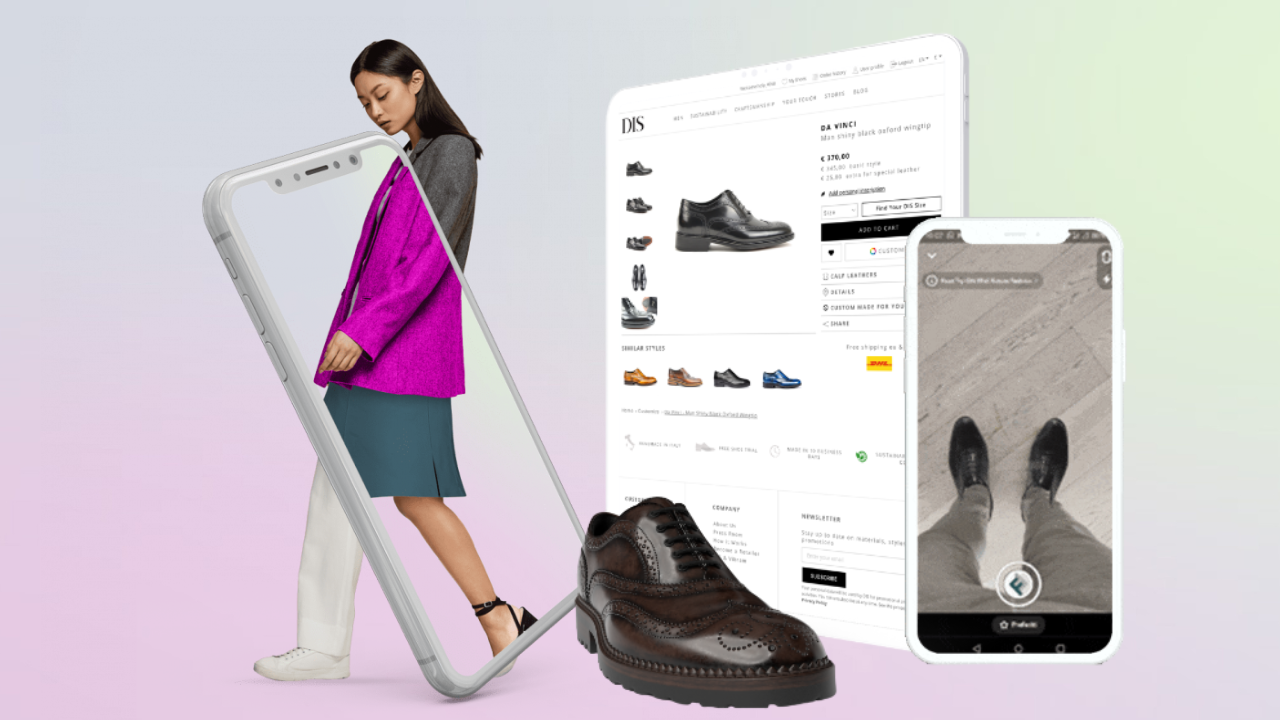In today’s competitive e-commerce landscape, marketers and business owners must find innovative ways to differentiate their brands. Virtual clothing try-on technology has emerged as a powerful tool, enabling businesses to elevate their marketing strategies, enhance brand visibility, and position themselves as industry innovators. By integrating this feature into their operations, businesses can achieve stronger engagement and sustained growth.
Virtual Try-On: A Strategic Differentiator
Virtual clothing try-on is more than a convenience—it’s a strategic asset for marketers and business owners. By offering an interactive and immersive shopping experience, brands can redefine their digital presence. The adoption of this technology signals innovation, which not only sets a business apart from competitors but also attracts partnerships with forward-thinking stakeholders, such as tech providers or fashion labels.
This tool demonstrates a brand’s commitment to staying ahead of trends, fostering trust and interest among collaborators and industry peers.
Amplifying Visibility with Impactful Campaigns
Marketers can leverage virtual try-on features to design campaigns that drive awareness and amplify visibility. Demonstrating the technology in digital ads, email campaigns, and social media posts creates excitement and highlights the brand’s innovative edge.
Partnerships with influencers or content creators can further expand reach by showcasing the unique appeal of virtual try-on tools. Additionally, event-driven marketing campaigns, such as product launches or seasonal promotions, can spotlight the technology as a core feature, enhancing the brand’s reputation as a trailblazer in interactive e-commerce solutions.
Creating Shareable, Interactive Content
Virtual clothing try-on technology enables the creation of highly shareable and engaging content, a vital element in building brand awareness. Marketers can use this feature to design visually striking assets for digital platforms, from interactive social media posts to dynamic website banners.
Embedding shareable elements into the virtual try-on experience itself encourages users to organically promote the brand. This cost-effective approach generates buzz, increases visibility, and positions the business as a leader in innovative retail strategies.
Building Trust and Strengthening Partnerships
For business owners, trust and credibility are essential for forging long-term partnerships. Virtual try-on technology reinforces these qualities by showcasing a commitment to innovation and quality. Highlighting success metrics, such as improved engagement or reduced return rates, strengthens the business’s appeal to stakeholders.
Including these results in presentations or reports demonstrates the technology’s tangible value, enhancing the brand’s standing as a reliable partner in the industry.
Leveraging Data Insights for Smarter Strategies
Virtual try-on tools not only enhance brand visibility but also provide valuable insights into customer preferences and behaviors. Business owners can use these insights to inform inventory management, product design, and marketing efforts.
For example, identifying the most frequently tried-on products allows marketers to optimize their campaigns for maximum impact. This data-driven approach ensures that marketing strategies are not only innovative but also aligned with measurable business goals.
Conclusion
Virtual clothing try-on technology offers marketers and business owners a powerful means to increase brand visibility, create impactful campaigns, and foster trust with key stakeholders. By integrating this feature into their strategies, businesses can establish themselves as leaders in the competitive e-commerce space. As the digital landscape continues to evolve, virtual try-on is no longer optional—it is a critical component for driving long-term success and sustained growth.

